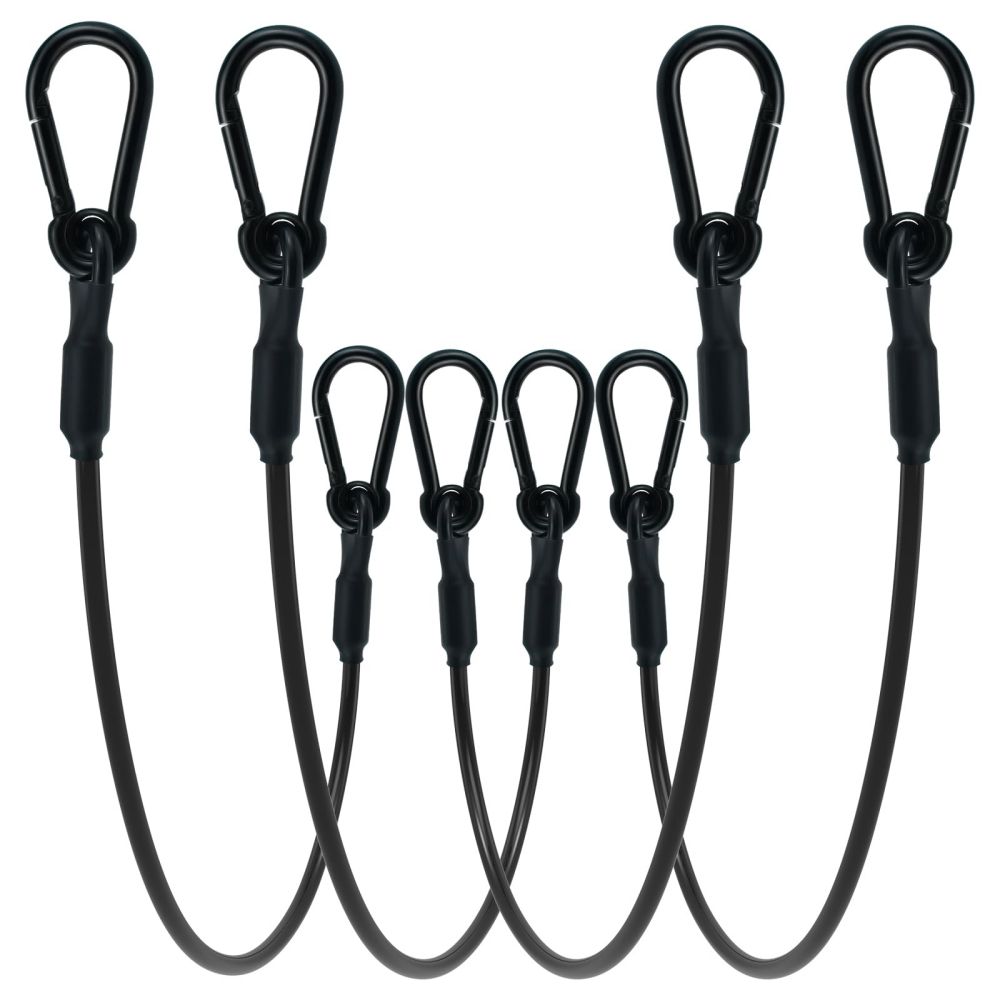
Stainless wire ropes are vital for their strength and corrosion resistance. Blogs offer insights for professionals and DIY enthusiasts on their uses and benefits. Here’s what you can typically expect to find in these blogs:
Cable railings systems features stainless-steel cables tensioned between sturdy posts, offering unobstructed views suitable for decks and staircases.
Low Maintenance: Requires minimal upkeep compared to wood or metal alternatives.
Sleek Design: Provides a clean and modern appearance.
Cost-Effective: Often more economical than conventional railing options.
Durable: Ensures longevity and reliability in various environments.
Termination Posts: Essential for anchoring cables securely, maintaining stability.
Intermediate Posts: Support cables along their span, ensuring proper tension and alignment.
Top Rail/Handrail: Adds safety and support, essential for compliance and aesthetic completion.
Selecting the correct cable diameter is crucial for functionality and visual appeal:
1/8” Cable: Offers a minimalist look, ideal for residential settings prioritizing clear views.
3/16” Cable: Provides a more robust appearance, suitable for both residential and commercial applications.
Standard cable configurations, such as 1×19, featuring 19 strands twisted together, ensure optimal performance:
Strength: Provides stability and security.
Straightness: Maintains a straight line, enhancing aesthetics.
Low Stretch: Minimizes sagging over time, ensuring long-term reliability.
Effective installation is key to maximizing system effectiveness and lifespan:
Precision Planning: Accurately measure and plan post placement to maintain cable tension and alignment.
Quality Tools: Use appropriate tools for cutting cables and tensioning systems to achieve secure installation.
Routine Maintenance: Periodically inspect and adjust tension to uphold performance and appearance.
Cable railing systems are environmentally friendly and sustainable:
Recyclable Materials: Stainless steel components are recyclable, reducing environmental impact.
Integration with Surroundings: Enhances outdoor aesthetics by blending seamlessly with natural surroundings.
Cable railing systems offer a blend of style, functionality, and affordability, making them a popular choice for modern residential and commercial projects. With durable materials, minimal maintenance requirements, and unobstructed views, they provide a practical solution for enhancing safety and aesthetics in various settings.
Stainless wire ropes are vital for their strength and corrosion resistance. Blogs offer insights for professionals and DIY enthusiasts on their uses and benefits. Here’s what you can typically expect to find in these blogs: